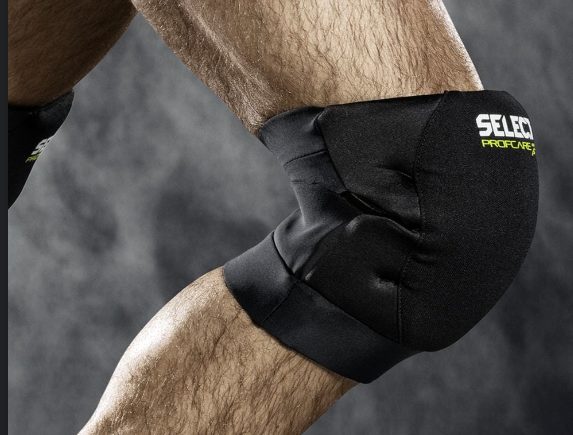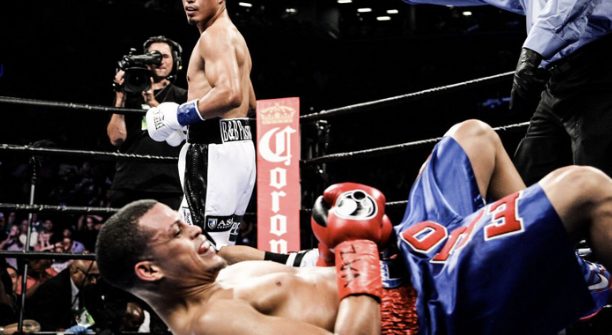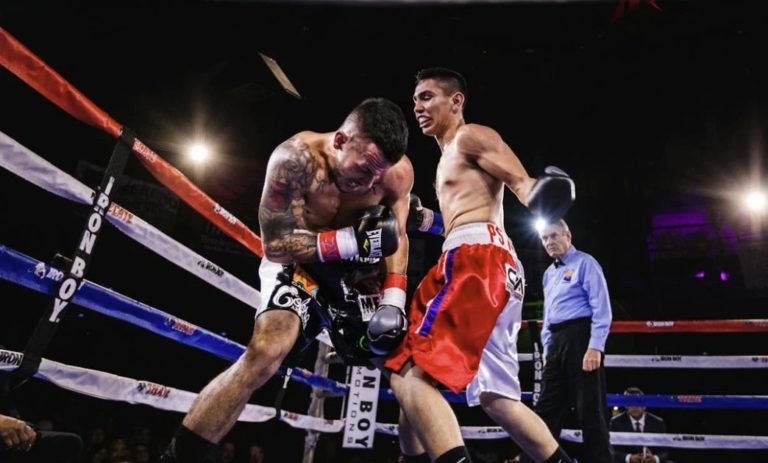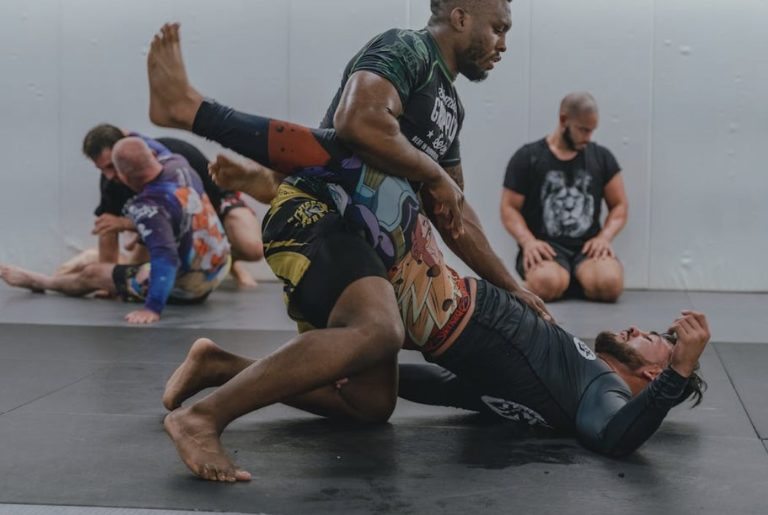How to Throw a Jab: A Step-by-Step Guide
Boxing is a sport that requires a lot of strategy and technique. One of the most important punches in boxing is the jab. Learning how to throw a jab is essential for any boxer who wants to be successful in the ring.
Boxers use the jab to set up other punches and to control the distance between themselves and their opponent. In fact, many boxing experts believe that the jab is the most important punch in the sport. This article will explain how to throw a jab, why it is important to learn this technique, common mistakes to avoid, and where to go from here.
Key Takeaways
- The jab is an essential punch in boxing that sets up other punches and controls distance.
- Learning how to throw a jab requires proper technique, footwork, and head movement.
- Avoiding common mistakes and practicing regularly are key to mastering this technique.
How To Throw A Jab
Start With A Boxing Stance
The foundation of a good jab is a solid boxing stance. Begin by standing with your feet shoulder-width apart, with your lead foot slightly turned inward. Keep your weight evenly distributed between both legs, and your knees slightly bent. Your back foot should be angled to provide stability and power. Keep your guard up, with your hands in front of your face, elbows tucked in, and eyes up. This will make your body smaller as a target and protect your chin from any counter hooks.
Step With Your Lead Foot
When you’re ready to throw a jab, step forward with your lead foot. This step should be explosive and quick, allowing you to close the distance between you and your opponent. As you step forward, keep your back foot in place and pivot on the ball of your foot. This will allow you to generate power and control your movement. Keep your guard up and your chin tucked in as you step forward.
Extend Your Elbow And Rotate Your Fist
When your lead foot touches the ground, extend your elbow and rotate your fist 90 degrees. This rotational force is what drives the power and snap of the jab. As you extend your arm, exhale sharply. This will add power and help you maintain proper rhythm in your breathing. Keep your shoulder raised to protect your chin from any counter hooks.
When your arm is fully extended, clench your fist and brace it for impact. Then return your lead foot and your fist to their original position. You should be perfectly balanced and ready to throw another jab.
Remember, a proper jab should feel like whipping a wet towel. Its purpose is to sting and stun, rather than to knock out your opponent. Practice your footwork and timing to improve your accuracy and agility. With proper technique and execution, you can use the jab to set up more powerful punches and control the distance and range of the fight.
There are different types of jabs, such as the power jab, double jab, and more. Each type has its own setup, execution, and precision. With practice and training, you can develop a reach advantage and use different types of jabs to keep your opponent off balance and guessing.
Why Learn How to Jab?
The jab is the most important punch in boxing. It is not the most powerful punch but it can be used in different ways to both defend and attack. A good boxer knows that the majority of their punches should be jabs.
When used offensively, the jab can be used to set up a combination or find range. On the other hand, when used defensively, the jab can keep an opponent at a safe distance or disrupt their rhythm.
Different types of jabs can be used with varying strengths. For example, a boxer can put power in their jab by hopping forward and putting the weight of their body behind the punch. Alternatively, a boxer can keep the jab light to use it twice in a row or use it to block their opponent’s vision.
In other words, the jab is like a Swiss Army knife, able to be used in any situation. Learning how to jab is an essential skill for both offense and defense in boxing. It is an offensive weapon that can be used to set up combinations and score points. At the same time, it is a defensive tool that can keep an opponent at bay and help a boxer avoid getting hit.
As Muhammad Ali once said, “The jab is the key to everything in boxing.” Mastering the jab can make a boxer more effective in the ring and give them an advantage over their opponent.
Common Mistakes
Boxers should avoid making common mistakes when throwing a jab. One common mistake is clenching the hands and arms even when not ready to throw punches. This can cause fatigue quickly. It is also important to take a step before throwing the punch. Beginners should start with good habits because overextending the body can cause it to become off-balanced. Another mistake is dropping the arm before throwing the jab. Opponents can easily time jabs if this becomes a habit. The jab should come straight from the face and return straight back. Lastly, sagging the shoulder when throwing the jab is a mistake. Opponents can use this opening to their advantage. Boxers should always incorporate defense into their offense to avoid openings.
It is important to remember that the jab is not the only punch in boxing. Boxers should also focus on uppercuts, crosses, hooks, and power shots. They should also learn how to slip, roll, and dodge punches. Combinations of punches can be used to confuse opponents and create openings for power punches. Boxers should also be aware of their energy levels and avoid dropping their guard. By avoiding common mistakes, boxers can improve their technique and increase their chances of a knockout.
Where to Go From Here?
Now that the jab has become the foundation of your offense, it’s time to start exploring your options. One of the most important things to remember is to treat the jab like a whip, rather than a sledgehammer. This means focusing on form and going slow, especially if you’re a beginner.
To improve your defense, you can start practicing pulls to dodge a punch, slips, or rolls under a punch. On the other hand, you can also use your jab to set up other offensive moves such as throwing a cross, hook, or throwing a second jab.
In addition to mastering the jab, training and practice are also essential to achieving success in boxing. To improve your technique, you can try drills such as shadowboxing or working on the heavy bag.
If you’re looking for boxing equipment to help you train, there are many options available. Some of the best equipment to invest in include boxing jump ropes, gloves, hand wraps, headgear, shoes, and groin protectors.
By focusing on mastering the jab and incorporating these tips into your training, you’ll be well on your way to achieving success in the ring.
Frequently Asked Questions
What are the basic steps for a beginner to throw an effective jab?
The basic steps for a beginner to throw an effective jab are to start in a balanced stance with feet shoulder-width apart. The lead foot should be slightly turned inward, and the back foot should be angled to provide stability and power. Keep the knees slightly bent and the weight evenly distributed between both legs. The boxer should then stand in their boxing stance with hands up, elbows in, hips between their feet, knees slightly bent, and back heel lifted. The front foot should be at a slight angle, generally pointing towards the opponent, and the back foot about 45 degrees diagonal. The jab should be thrown with the lead hand, extending the arm straight out, twisting the wrist at the end of the punch, and retracting the arm back to the guard position.
What techniques can increase the power behind a jab?
Techniques that can increase the power behind a jab include stepping forward with the lead foot when throwing the punch, rotating the hips and shoulders, and using the body weight to generate more force. Boxers can also practice shadowboxing with weights or a resistance band to build strength and endurance in the arm and shoulder muscles.
How does one combine a jab with a cross for a successful one-two punch?
To combine a jab with a cross for a successful one-two punch, the boxer should first throw a jab with the lead hand, then quickly follow up with a cross from the back hand. The cross should be thrown with the same technique as the jab, but with more power generated from the rotation of the hips and shoulders. The one-two punch is a common combination used in boxing to keep the opponent off balance and create openings for more powerful punches.
Can you explain the different types of jabs used in boxing?
There are several different types of jabs used in boxing, including the power jab, the double jab, the flicking jab, the jab to the body, the slip jab, the pointed jab, the counter jab, and the reverse jab. Each type of jab has a different purpose and technique, but they all involve extending the arm straight out and retracting it back to the guard position.
What does the term ‘throwing a jab’ signify in a boxing context?
In a boxing context, ‘throwing a jab’ signifies the act of extending the lead hand straight out to strike the opponent. The jab is one of the most basic and important punches in boxing, used for both offensive and defensive purposes.
How is a cross different from a jab in terms of execution and purpose?
A cross is different from a jab in terms of execution and purpose. While a jab is a quick, straight punch thrown with the lead hand, a cross is a more powerful punch thrown with the back hand. The cross involves rotating the hips and shoulders to generate more force, and is often used as a follow-up to a jab or as a standalone punch to deliver a knockout blow.







